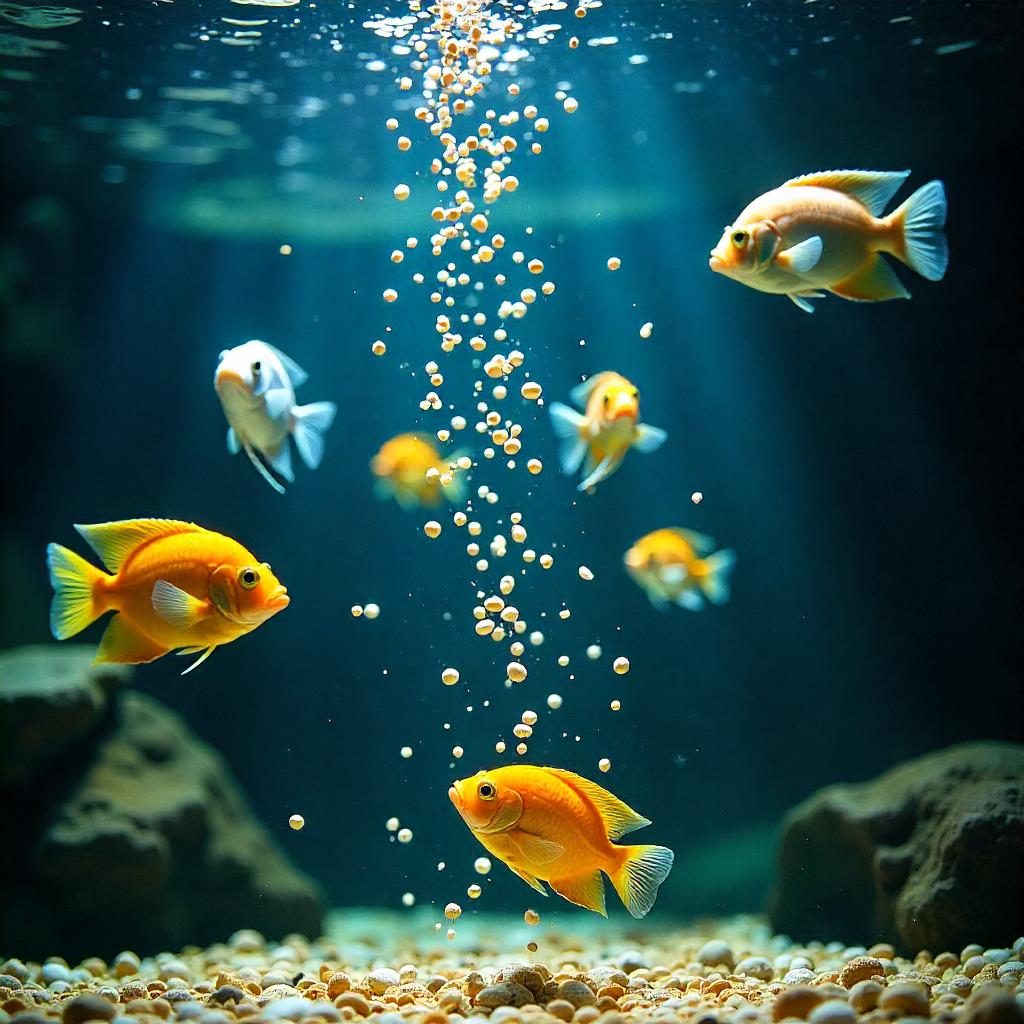How to Fish Care in an Aquarium
How to Fish Care in an Aquarium:
A Complete Guide for Beginners and Enthusiasts
Fish care in an aquarium is both a rewarding hobby and a responsibility. A well-maintained aquarium can be a stunning centerpiece in a home or office, while also providing a peaceful and calming environment. However, keeping fish healthy and happy requires more than just filling a tank with water and adding a few fish. It involves knowledge, routine care, and a genuine interest in aquatic life.
Whether you’re new to fish care or looking to improve your existing setup, this article will guide you through everything you need to know about how to care for fish in an aquarium, including setting up the tank, choosing the right fish, feeding, water quality, maintenance, and health care.
1. Understanding Aquarium Fish Care:
Fish care is the art and science of maintaining fish in a controlled environment. It requires a balance of biology, chemistry, and attention to detail. Unlike terrestrial pets, fish are sensitive to their surroundings and can’t survive long without proper water conditions and care.
Benefits of Aquarium Fishkeeping:
- Aesthetic beauty and natural decor
- Stress relief and relaxation
- Educational experience about ecosystems and responsibility
- Minimal space requirements compared to other pets
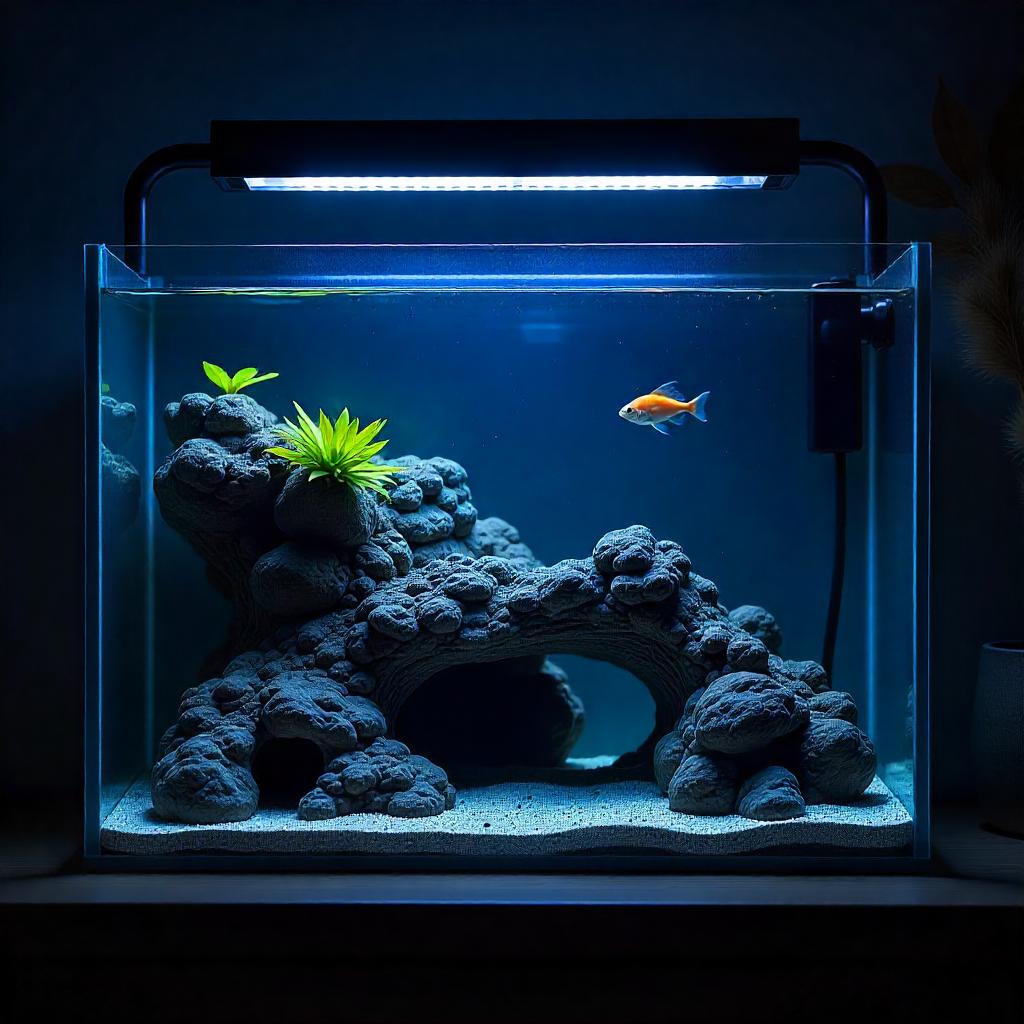
2. Choosing the Right Aquarium Setup
The foundation of fish care begins with choosing the correct equipment. Your fish’s health and lifespan greatly depend on the quality of their environment.
a. Tank Size
- Beginners: A 20 to 30-gallon tank is recommended—it’s easier to maintain stable water conditions.
- Smaller tanks (5–10 gallons) require more frequent maintenance and limit fish care choices.
- Larger tanks (50+ gallons) provide more room for fish and plants but require more initial setup effort.
b. Location
- Avoid direct sunlight (causes algae growth).
- Place on a level, sturdy surface away from heat sources or drafts.
- Ensure easy access for maintenance.
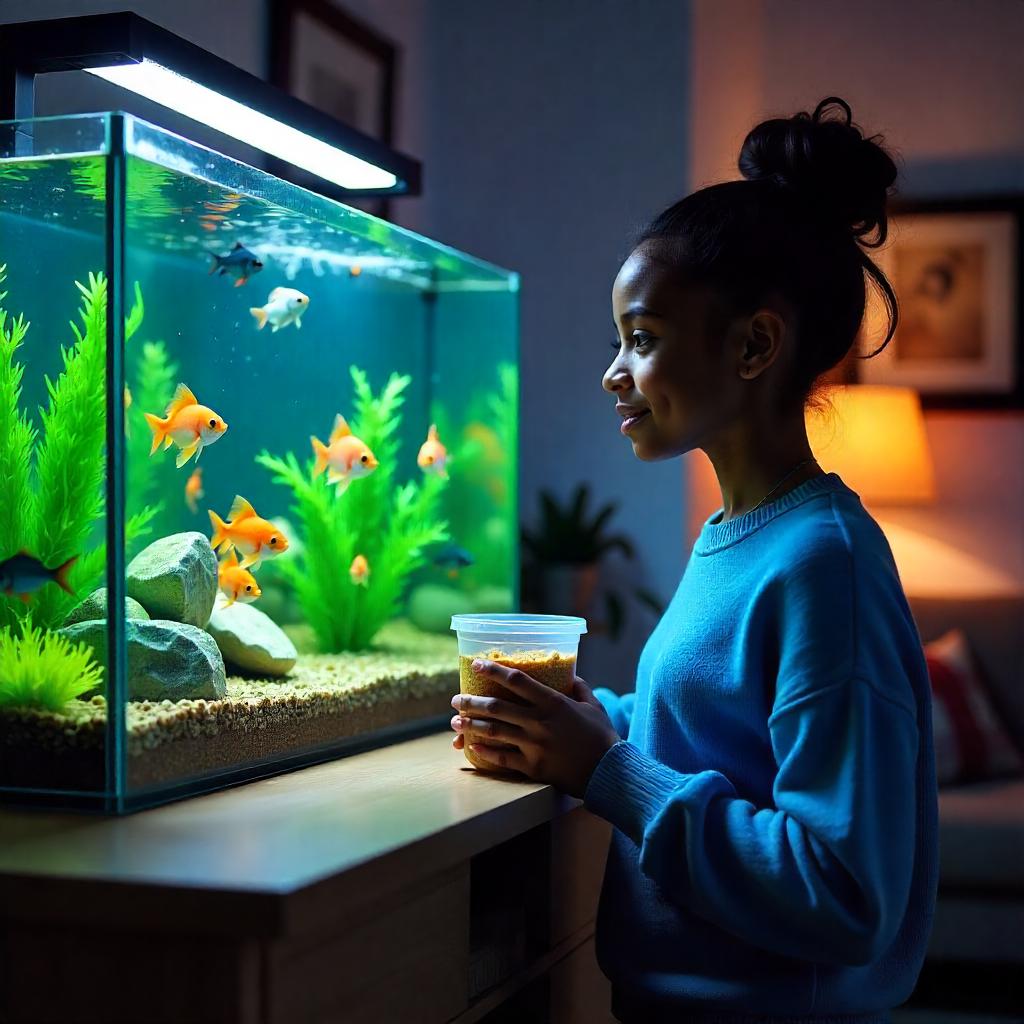
3. Essential Equipment Checklist
a. Filter
A high-quality filter removes waste, maintains water clarity, and supports beneficial bacteria.
Types:
- Internal filters (for small tanks)
- Hang-on-back (HOB) filters (popular and efficient)
- Canister filters (for large or heavily stocked tanks)
b. Heater and Thermometer
- Tropical fish require water between 74°F and 80°F (23°C–27°C).
- Use a submersible heater and check temperature daily with a thermometer.
c. Lighting
- LED or fluorescent lights enhance visibility and support plant growth.
- Keep a day-night cycle of 8–10 hours of light per day.
d. Air Pump (Optional)
- Adds oxygen by creating surface agitation.
- Useful for tanks with high bioload or poor circulation.
e. Substrate
- Gravel, sand, or planted soil depending on the type of fish and plants.
- Rinse thoroughly before adding to avoid cloudiness.
f. Decorations and Hiding Spots
- Rocks, caves, driftwood, and plants provide shelter and reduce fish stress for fish care.
- Ensure all items are aquarium-safe and free of sharp edges.
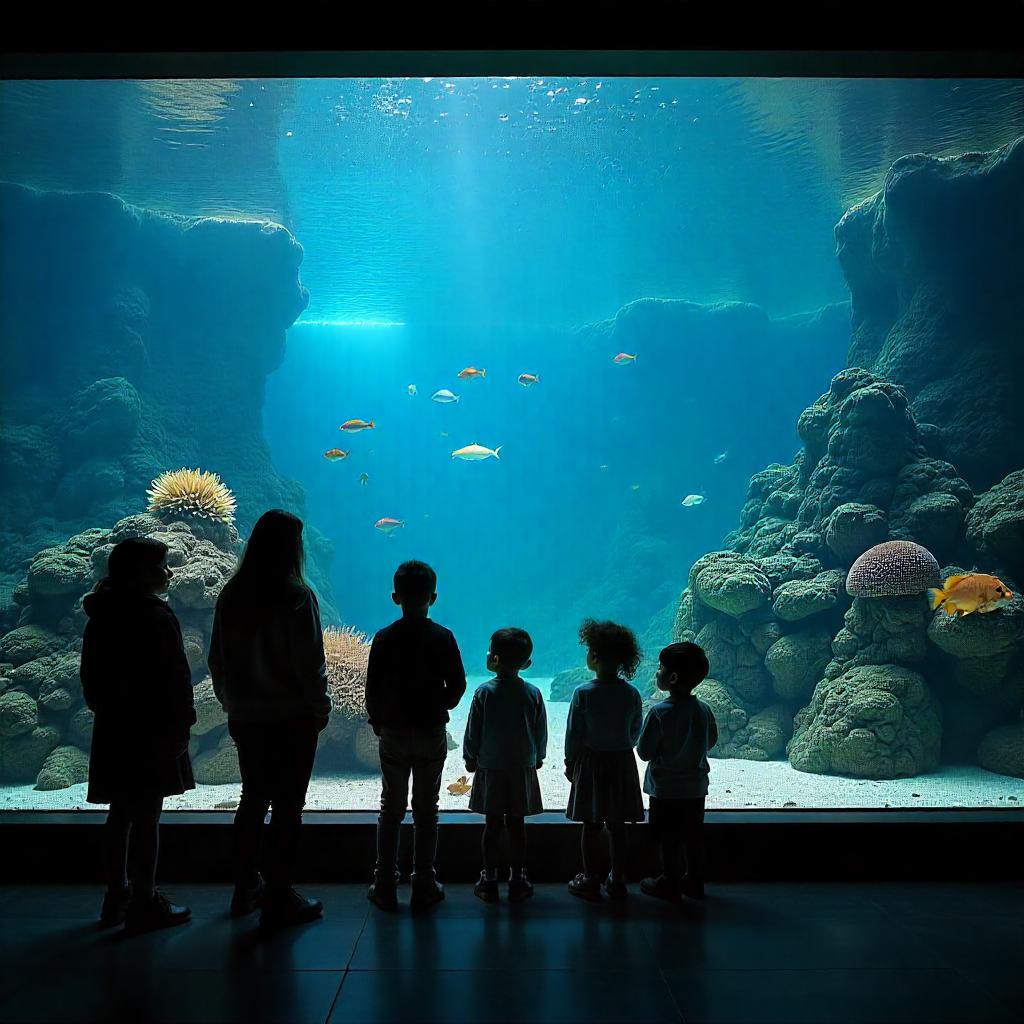
4. Setting Up the Aquarium
a. Initial Setup Steps
- Wash the tank and all equipment with warm water (no soap or chemicals).
- Place substrate, decorations, and fill the tank with dechlorinated water.
- Install the filter, heater, and other equipment.
- Let the tank run for at least 24–48 hours before adding fish.
b. Cycling the Tank
Cycling establishes beneficial bacteria that convert toxic ammonia into nitrites and then into less harmful nitrates. This process can take 2–6 weeks.
There are two methods:
- Fishless cycling (recommended): Add ammonia source and test water regularly.
- Fish-in cycling: Use hardy fish (like zebra danios) and monitor water daily.
Use test kits to monitor ammonia, nitrite, nitrate, and pH levels.
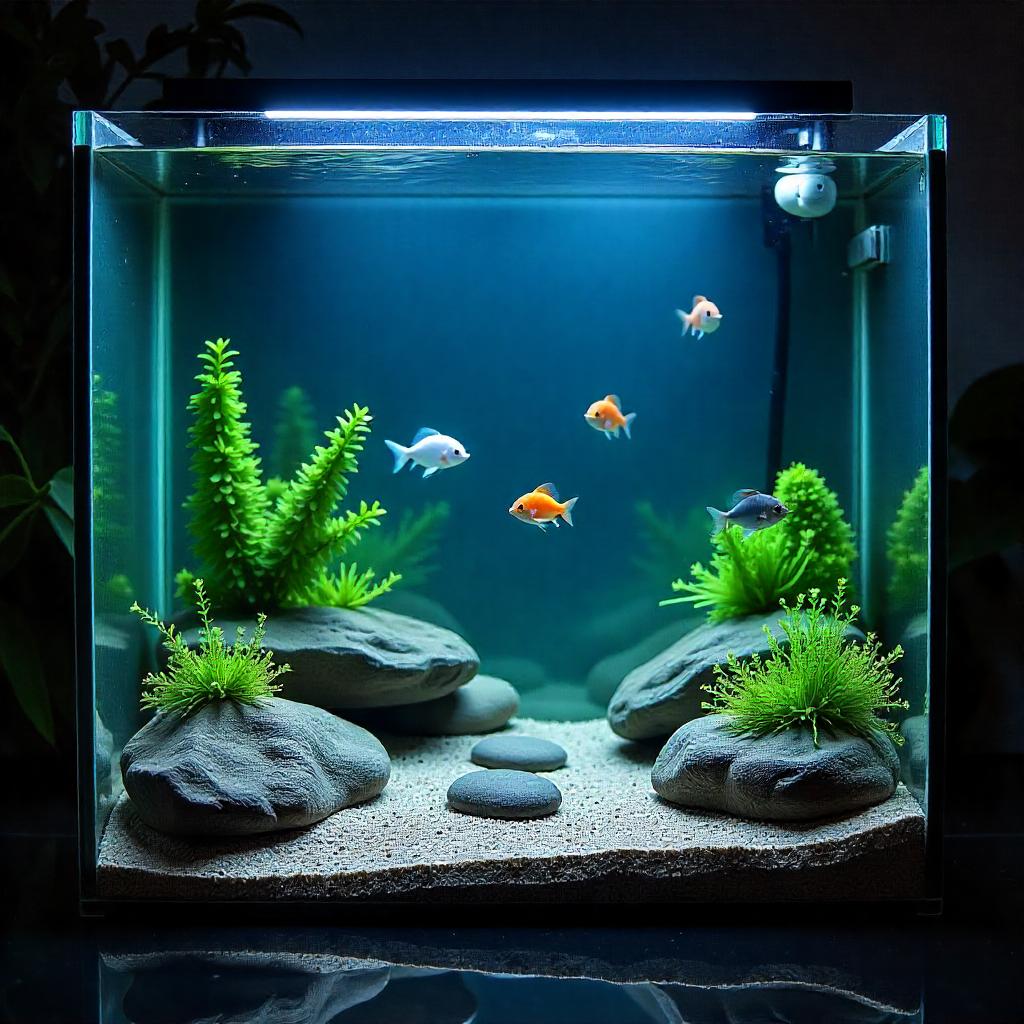
5. Selecting the Right Fish
Choose fish that match your tank size, experience level, and water parameters.
Beginner-Friendly Fish:
- Tetras (neon, cardinal, black skirt)
- Guppies
- Zebra Danios
- Platies and Mollies
- Betta fish (best kept alone)
- Corydoras catfish (peaceful bottom dwellers)
Tips:
- Research compatibility: Some fish are aggressive or territorial.
- Avoid overcrowding: Follow the “1 inch of fish per gallon” rule (general guideline).
- Acclimate new fish slowly by floating the bag and mixing small amounts of tank water over 30 minutes before releasing.
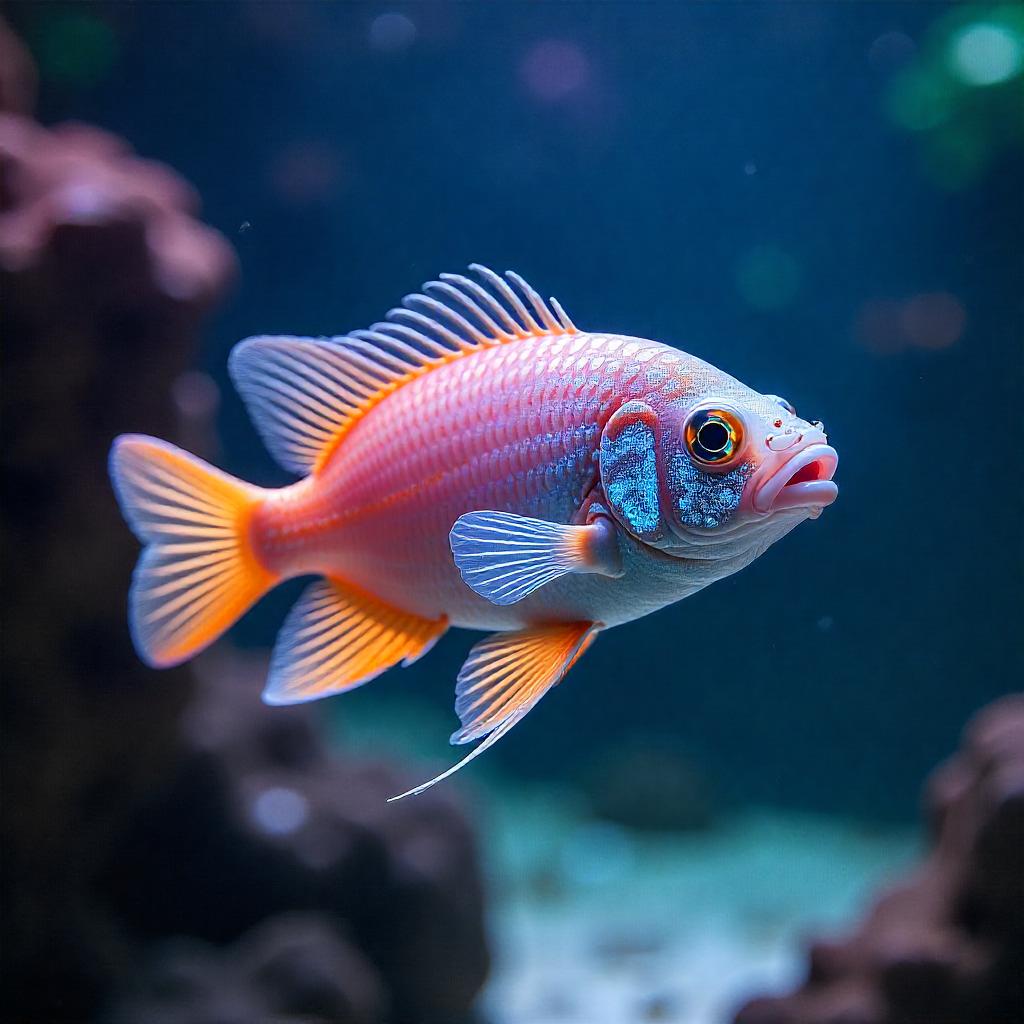
6. Feeding Your Fish Properly
Overfeeding is a common mistake that leads to poor water quality and fish illness.
Feeding Guidelines:
- Feed only what fish can consume in 1–2 minutes, once or twice daily.
- Remove uneaten food to prevent decay.
- Use high-quality commercial flakes or pellets.
- Supplement diet with occasional frozen, freeze-dried, or live foods: bloodworms, brine shrimp, daphnia.
Different species have different diets—herbivores, carnivores, omnivores. Research each species’ needs.
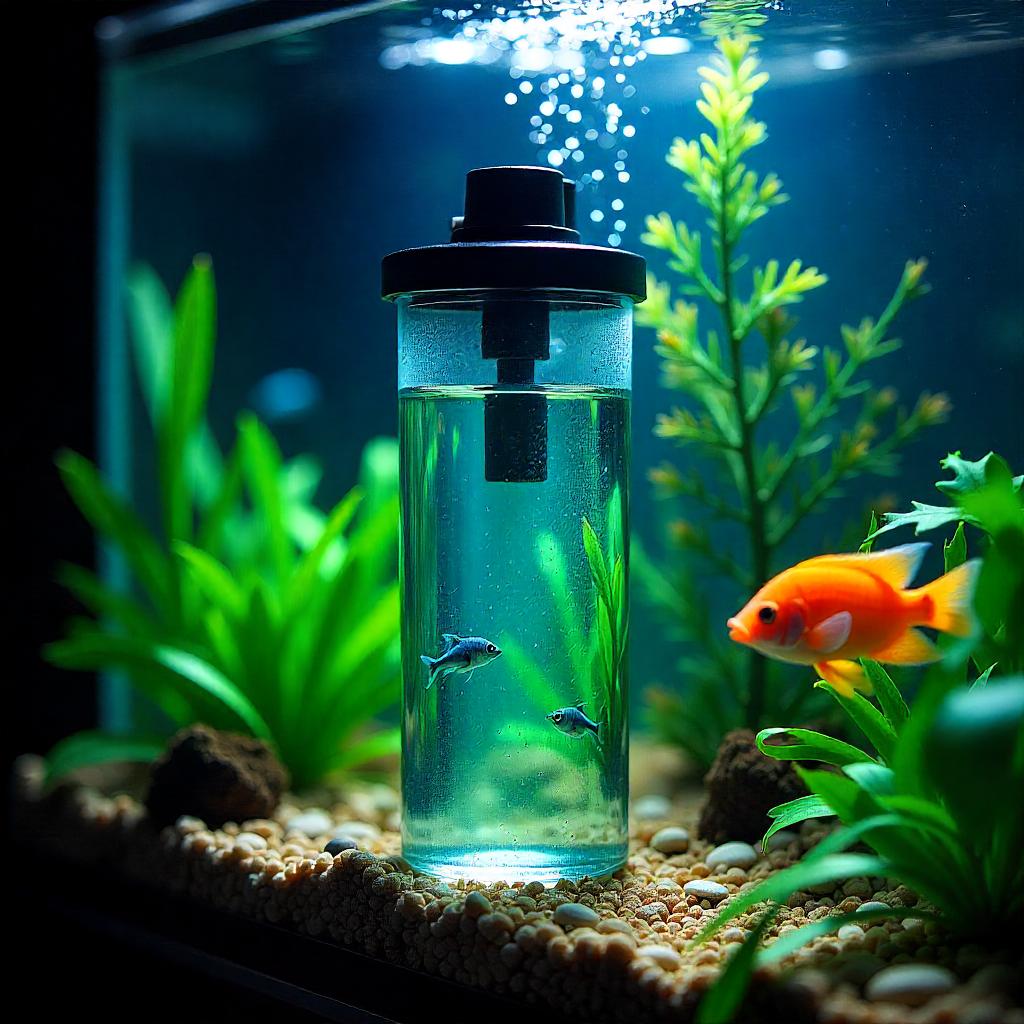
7. Maintaining Water Quality
Water is the most critical element of fish health. Even beautiful tanks can become deadly if water conditions are poor.
Regular Water Testing:
- Use test kits to monitor pH, ammonia, nitrite, and nitrate weekly.
- Ideal values:
- Ammonia: 0 ppm
- Nitrite: 0 ppm
- Nitrate: < 40 ppm
- pH: 6.5 – 7.5 (varies by species)
Weekly Maintenance:
- Change 10–25% of the water weekly using a siphon.
- Remove debris from the substrate.
- Rinse filter media (in tank water, not tap) once a month.
- Clean glass with an algae scraper.
Never change all water at once—this can shock the fish and remove beneficial bacteria.
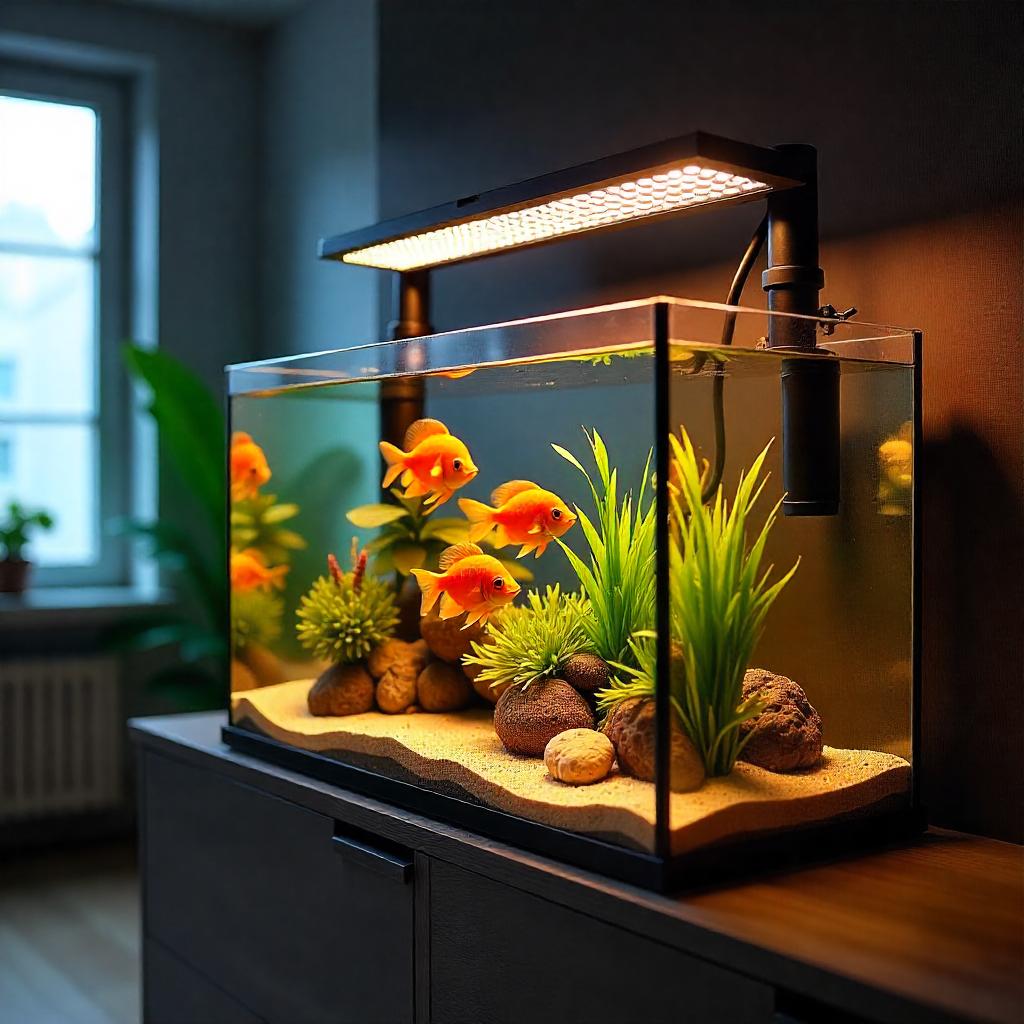
8. Recognizing and Treating Fish Diseases
Fish can suffer from various illnesses caused by bacteria, parasites, or poor water conditions.
Common Signs of Illness:
- Loss of appetite or lethargy
- White spots (Ich)
- Torn fins, redness, or sores
- Gasping at surface (low oxygen)
- Unusual swimming patterns
Basic Disease Prevention:
- Quarantine new fish for 2–4 weeks before adding them to the main tank.
- Keep tank clean and stress levels low.
- Use medications only when necessary and follow instructions carefully.
Prompt action can save your fish from fatal conditions.
9. Special Considerations for Different Aquarium Types
Freshwater Aquariums:
- Easiest to maintain
- Most beginner fish belong here
- Requires regular water changes and stable conditions
Planted Aquariums:
- Add live plants for natural filtration and aesthetics
- Use plant-friendly lighting and substrate
- May need liquid fertilizers or CO₂ injection
Saltwater Aquariums:
- More complex due to salinity and sensitive marine life
- Involve reef systems, live rock, and protein skimmers
- Better for experienced aquarists
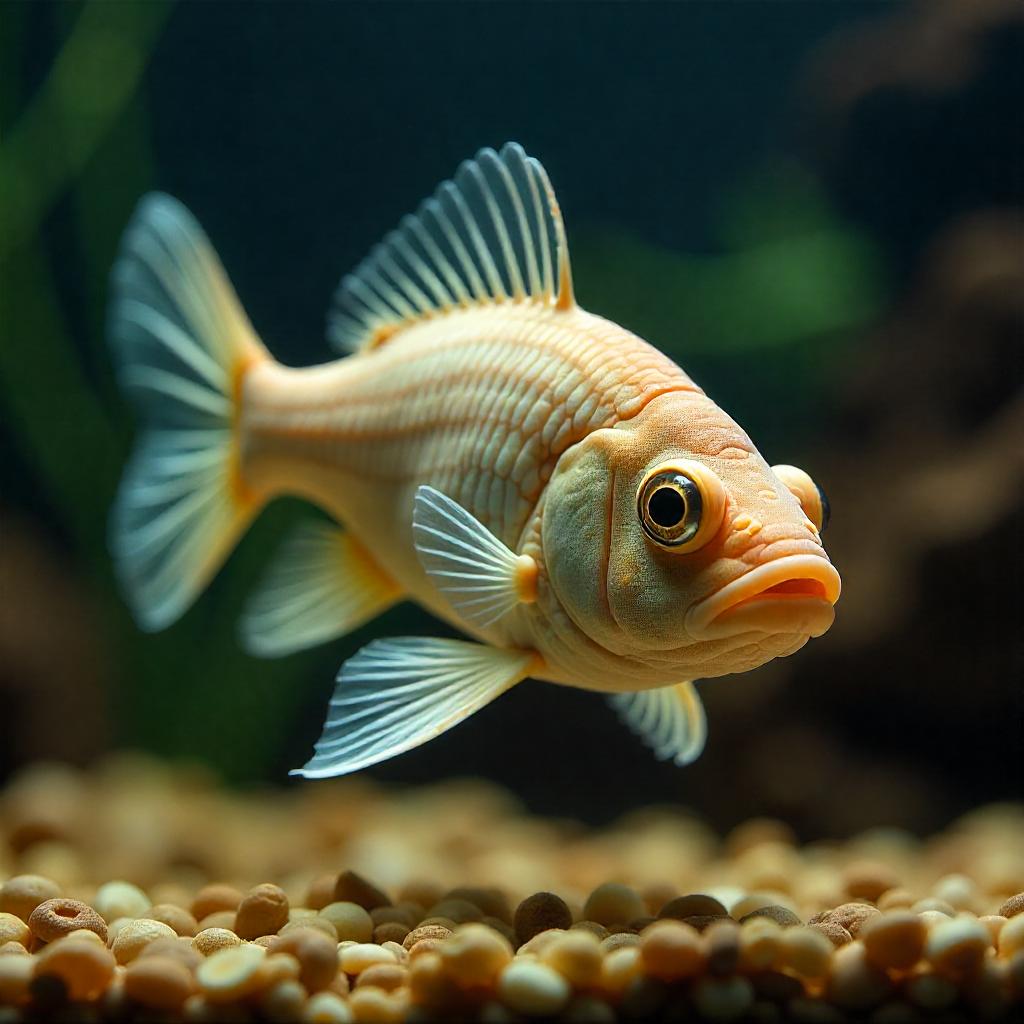
10. Creating a Natural and Enriching Environment
Just like any pet, fish benefit from a stimulating, peaceful environment.
Environmental Enrichment Ideas:
- Rearranging decor occasionally
- Adding new hiding spots or caves
- Using gentle water currents (especially for river-dwelling species)
- Simulating natural day-night cycles
- Providing companions (for schooling fish)
Avoid tapping the glass or sudden changes—it can stress or scare the fish.
11. Involving the Whole Family
Aquariums offer a great opportunity for family bonding and teaching responsibility.
- Involve children in feeding and cleaning (supervised)
- Use the tank to teach biology, ecosystems, and patience
- Celebrate milestones like new fish or plant growth
It’s a lifelong hobby that brings joy to people of all ages.
12. Long-Term Care and Observation
Even after your tank is established, ongoing care and observation are key to success.
Monthly Checklist:
- Clean filter components
- Trim overgrown plants
- Test water parameters
- Check for equipment wear or malfunctions
- Observe fish behavior daily
Record any changes or issues in a fish journal or app to track patterns over time.
Conclusion: A Rewarding Journey Underwater
Caring for fish in an aquarium is a deeply satisfying hobby that combines creativity, science, and compassion. It teaches discipline, patience, and respect for life. With proper planning, regular maintenance, and attention to your fish’s needs, you can create a vibrant underwater world that brings beauty, serenity, and joy into your life every day.
Remember, successful fishkeeping isn’t about having the biggest tank or rarest species—it’s about understanding the life within your aquarium and nurturing it with consistency, care, and love. If you want to do best fish care, please do not hesitate to write us anytime.

